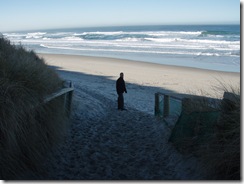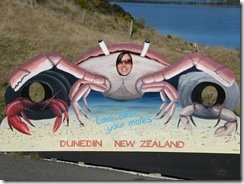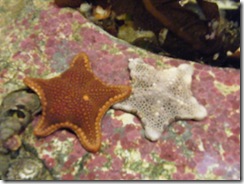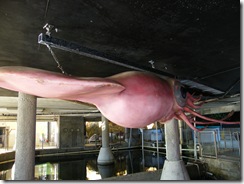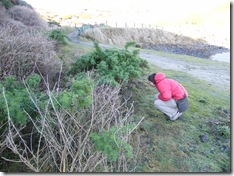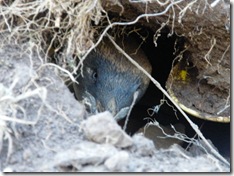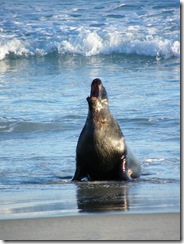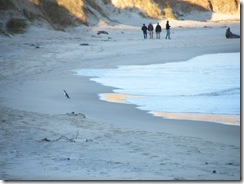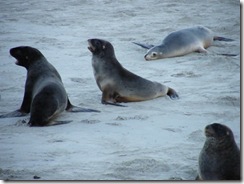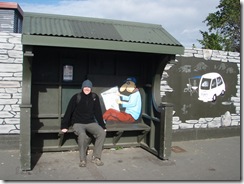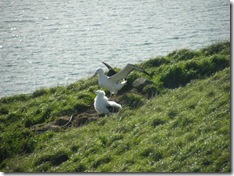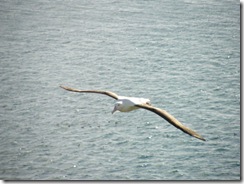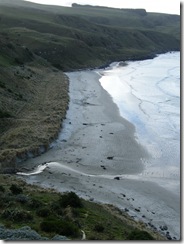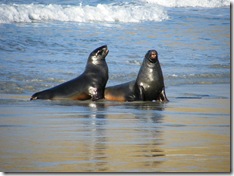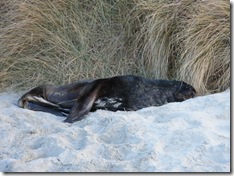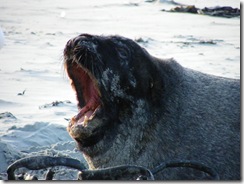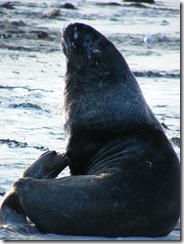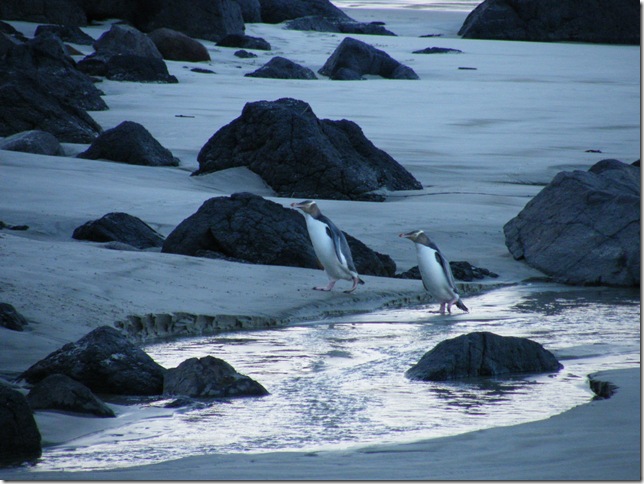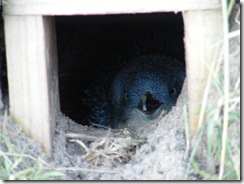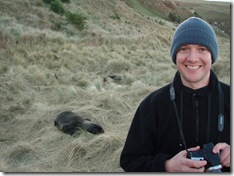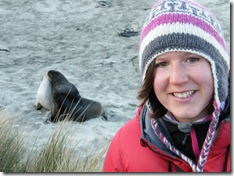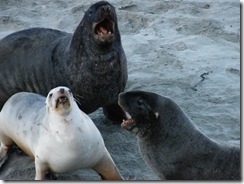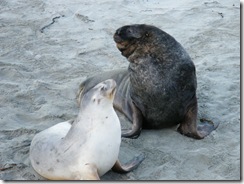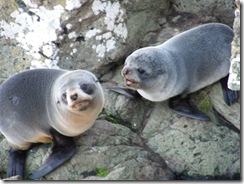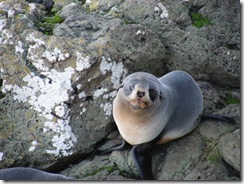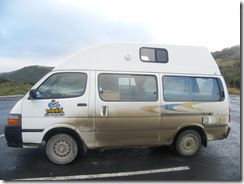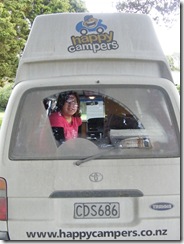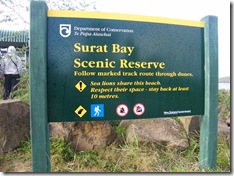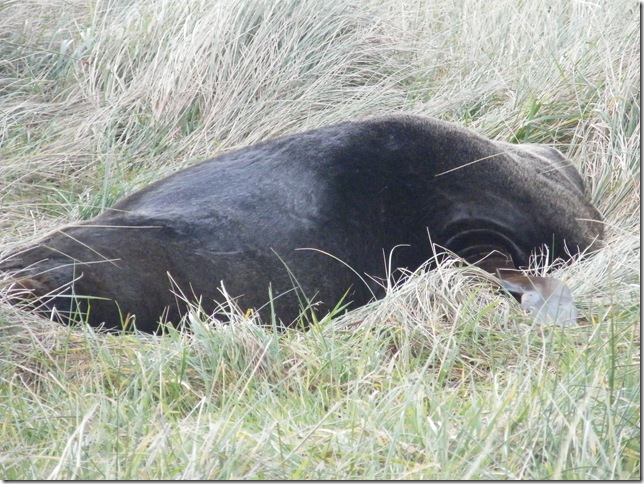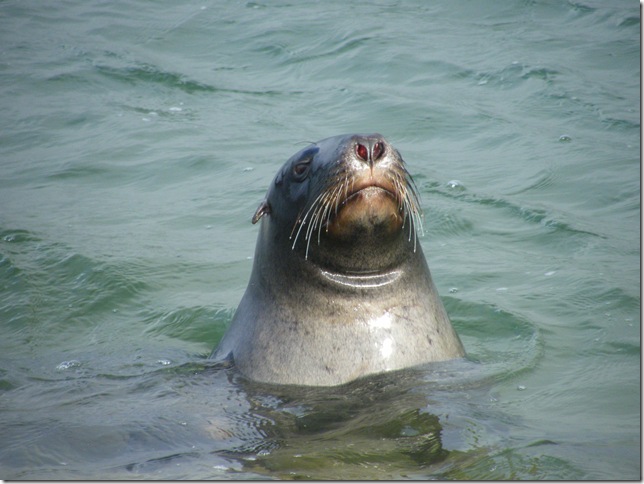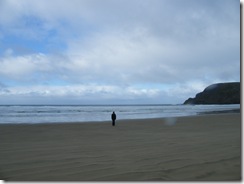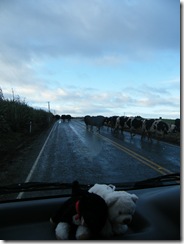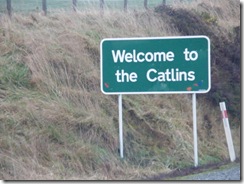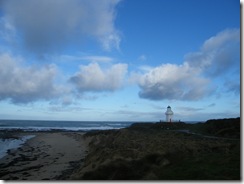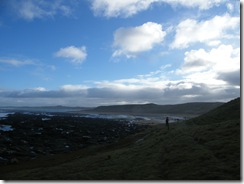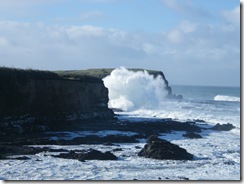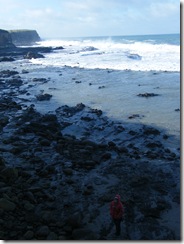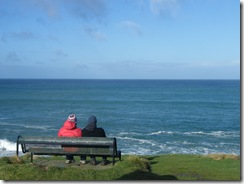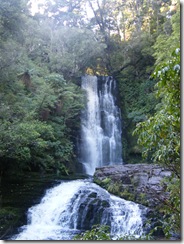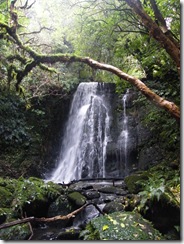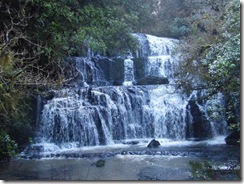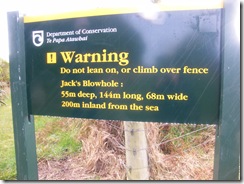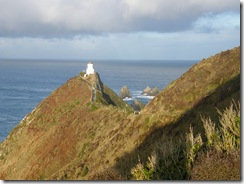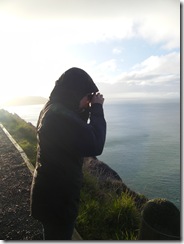The alarm was on early this morning as we had a date! That was a web date, with Ben’s family, so they could sing him Happy Birthday for tomorrow…it was lovely to see you all!!
After breakfast we went for a walk along St Kilda beach, which is just over the back of our camp site. It was a lovely morning, and the beach was our own.
Back at the camp site we packed up the van for our adventure back onto the Otago Peninsula…this time we would be going solo, minus the guide, but with a trusty map!
First stop was The Marine Studies Centre, where we visited their Aquarium, stopping outside for a play with their cool boards!
The entire centre is focused to the study of marine life from the local area; we got up close and personal with some of these species in the ‘touch pools’, where we met a biscuit seastar (below), and sea anemones.
The most impressive display was possibly the giant replica of the colossal squid that was caught in 2003.
Next stop on the tour was Taiaroa Heads, where we took a walk along the cliff edge to see the where the spotted shags were nesting.
Then a short walk down to Pilots Beach, where a colony of blue penguins were hiding in their burrows. Try as we might to see one we only caught glimpses of their heads as they looked out inquisitive of who we were.
Back on the road we drove to Allans Beach, where we had hoped to see hooker sea lions, however even after walking the full length of the beach we had not sighted a single one.
Our last stop of the day was at Sandfly Bay, where there was a DOC hide for viewing yellow eyed penguins. We had got there at dusk, and made our way along the beach, as the hide was at the opposite end to where we had entered. It was only then that we saw atleast 12 hooker sea lions all laid resting on the beach…walking this beach was going to be like a slow going obstacle course!
We got just over halfway, and realised we were not going to make it there before sunset…and the sea lions seemed to increase in number the further we went. So, we decided to turn back…it was as we did so that Ben saw a lone yellow eyed penguin stumbling ashore just behind us.
Just before the huge climb back off the beach we were confronted by 4 juveniles, we chose an escape route through the dunes and climbed back to the van.
